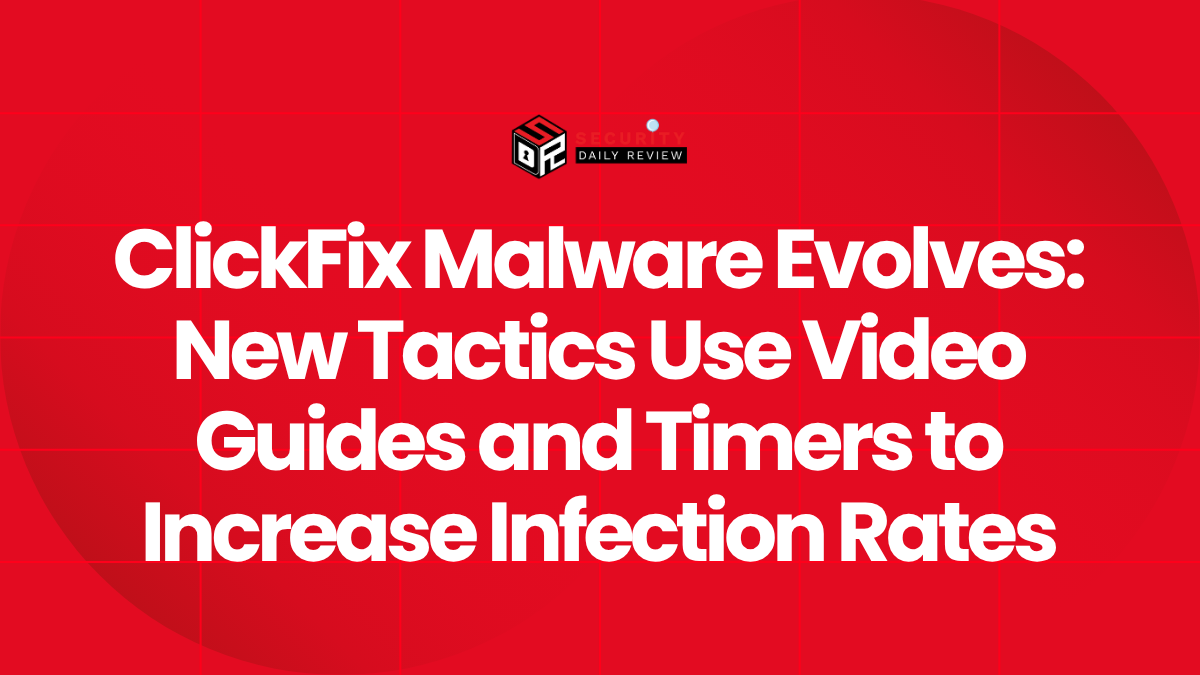A potentially dangerous trend has emerged from the evolving intersection of artificial intelligence (AI) and malware development. A new Visual Studio (VS) Code extension, discovered on Microsoft’s official marketplace, was found to include malicious functionality consistent with basic ransomware behavior. What makes this incident more alarming is that analysis suggests the extension may have been generated using generative AI tools.
As the popularity of AI-assisted development grows, so too does the likelihood of adversaries adopting these tools to create and deploy increasingly sophisticated threats, such as malicious extensions that slip through marketplace vetting processes.
Threat Analysis Suggests AI Involvement in Code Generation
Security researchers are increasingly seeing AI emerge as a development tool — not just for benign use cases — but also for cybercriminals seeking automated means to write harmful code.
Malicious Extension Masqueraded as Fake Library
The extension, once available on the official Visual Studio Code marketplace, was identified as mimicking a library called “pyms-folders.” Upon installation, it executed a PowerShell script that began encrypting user files — behavior immediately categorized as ransomware-like. The extension reportedly harvested files from folders commonly containing important assets, such as `Documents`, `Desktop`, and `Pictures`.
Although the ransomware functionality was rudimentary and lacked advanced escape or persistence mechanisms typical of modern ransomware campaigns, the core behavior — unauthorized encryption of files — qualified it as a real threat.
Indicators of AI-Generated Code
Analysts noted several traits suggesting generative AI tools were used to assist in the creation of the extension. These included:
- Consistent formatting styles typically seen in AI-generated code
- Naming conventions and code structures previously observed in known AI outputs
- Redundant logic and syntax errors that align with common AI coding artifacts
Additionally, the script exhibited limited sophistication, which some analysts argue is characteristic of lower-tier AI-generated code that hasn’t undergone manual refinement.
Concerns Over Marketplace Vetting and Developer Trust
This incident raises major concerns about the security posture of code marketplaces — especially those hosted by major vendors like Microsoft.
Security Checks on Microsoft’s Extension Marketplace
While Microsoft does apply automated checks for extensions submitted to its VS Code marketplace, this recent breach demonstrates gaps in those automated defenses. Being able to upload a ransomware-enabled extension — even a primitive one — onto a curated and trusted platform means attackers can use first-party ecosystems to gain access to developer environments.
Developers often operate with high levels of system privilege, making their environments lucrative targets for attackers. A malicious extension like the one discovered could grant lateral access across enterprise infrastructure if used in professionally networked environments.
Breach of Developer Supply Chain
From a supply chain security perspective, this case exemplifies the growing threat of dependency and plugin-based attacks. While supply chain compromises often involve backdoors in third-party libraries or vendor software, this incident shows that even integrated development environment (IDE) extensions may now serve as infection vectors. Because developers frequently install extensions en masse during project setup, malicious code can propagate quickly inside development pipelines.
AI Changes the Threat Landscape: Defender Challenges Ahead
The misuse of AI to generate functioning malware, even at a basic level, represents a potential tipping point.
Advantages for Threat Actors
The use of AI tools:
- Lowers the entry threshold for malware development
- Enables faster creation and iteration of attack code
- Allows obfuscation techniques to be embedded programmatically
- Makes detection harder due to frequent code mutations
This democratization of malware development means new threat actors—even unskilled ones—can produce functioning ransomware variants, simply by combining prompts and basic behavioral goals for AI models.
Modest Today, Dangerous Tomorrow
Although the impact of this single extension is reportedly limited and it was removed from the marketplace, the precedent it sets could be far more consequential. It serves as a warning signal that:
- Generative AI can be co-opted for cybercrime workflows
- Official software marketplaces are not immune to AI-assisted abuse
- Existing vetting systems need re-enforcement to stay ahead of modern threats
Security professionals should now consider including AI-generated signatures and behaviors in their threat models. Additionally, secure coding education and extension hygiene should become top-of-mind for developers relying on productivity-enhancing marketplaces.
Looking Forward: Balancing Innovation With Defensive Strategy
This incident shows the dark flip side of developer productivity automation. While AI-enabled tools can accelerate feature delivery and reduce development time, they also pose new and unfamiliar risks when left unchecked.
Enhanced community reporting, real-time behavioral detection of extensions, and stricter pre-publication sandboxing could help prevent future incidents. For now, security teams should audit active extensions and IDE plugins as part of their continuous monitoring and endpoint protection efforts.
Without urgent action, the shift from isolated examples to widespread exploitation from AI-generated malware may arrive sooner than anticipated.









